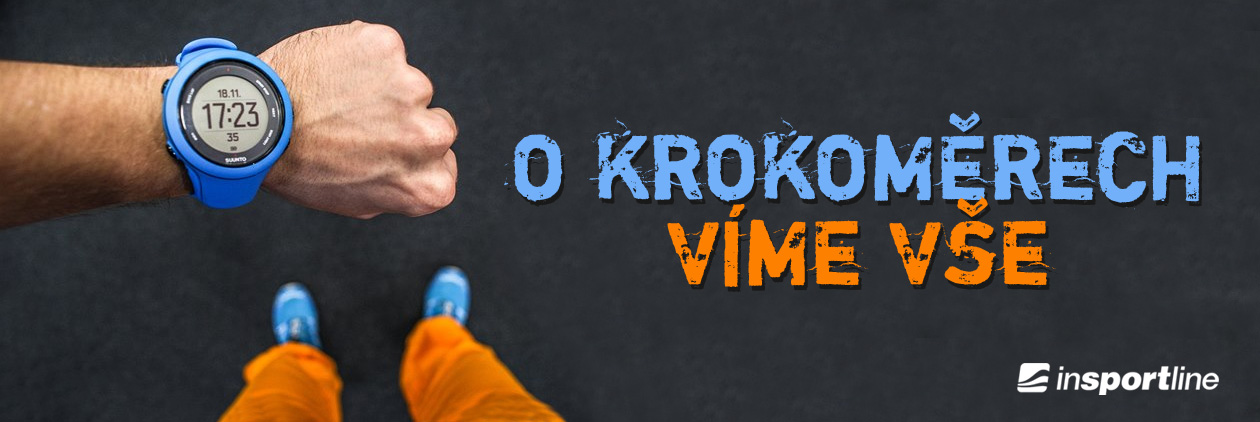
Pedometers are an accessory useful for hiking, Nordic walking, race walking or running. They react to the sway of the human body and count every step you make. Pedometers are able to count the number of steps and measure kilometres travelled or burnt calories. We’ll tell you what factors to consider when choosing a pedometer for yourself.
Your Comfort
The most important thing is the pedometer meets your needs. The display should show all the information important to you. A significant attribute is the pedometer’s weight. Light pedometers will not limit or burden you while moving. It needs to be, of course, attached to your body to function. There are many ways to wear a pedometer, so choose the one you’ll feel the most comfortable with.
Wearing the Pedometer
One of the first things to consider is the way the pedometer is attached. Most often, pedometers are designed to be secured on your pants or other clothing. However, some can be attached to your shoes or worn as a wristwatch. As such, the pedometer becomes a fashion accessory as well. In any case, the pedometer must be firmly secured, so that it won’t come loose while you move.
Our tip
Health and fitness experts recommend 10 000 steps a day to improve your health. Set yourself a target and work gradually to achieve it. Walking is the simplest and most natural movement of the human body. Walk as a prevention against obesity and heart diseases. 10 000 steps a day for improving your health, as well as maintaining your fitness and optimum weight.
Function
Pedometers vary in functions. Basic models will count your steps or measure the travelled distance, the more advanced ones will also display the duration of your walk, current time or burnt calories. Some models will help you to store your results and follow your progress. They can retain data for up to 30 days and can be connected to a computer, so you can analyse your results via an app. For more precise measurement pick a pedometer that allows you to set the length of your stride.
Some wrist pedometers can even measure your heart rate frequency. This way, you can adjust your performance as needed. If you need an extra motivation, some pedometers will allow you to set the target value for a specific day.
Intended Use
Choose a pedometer according to how and when you intend to use it. You don’t need an outdoor pedometer for regular walks. It should, however, be durable enough to withstand a potential impact. If even rainy weather won’t stop you from hiking, you could use a waterproof pedometer. If you like to go out when it’s dark, buy a pedometer with backlit display so you can check your data without trouble.